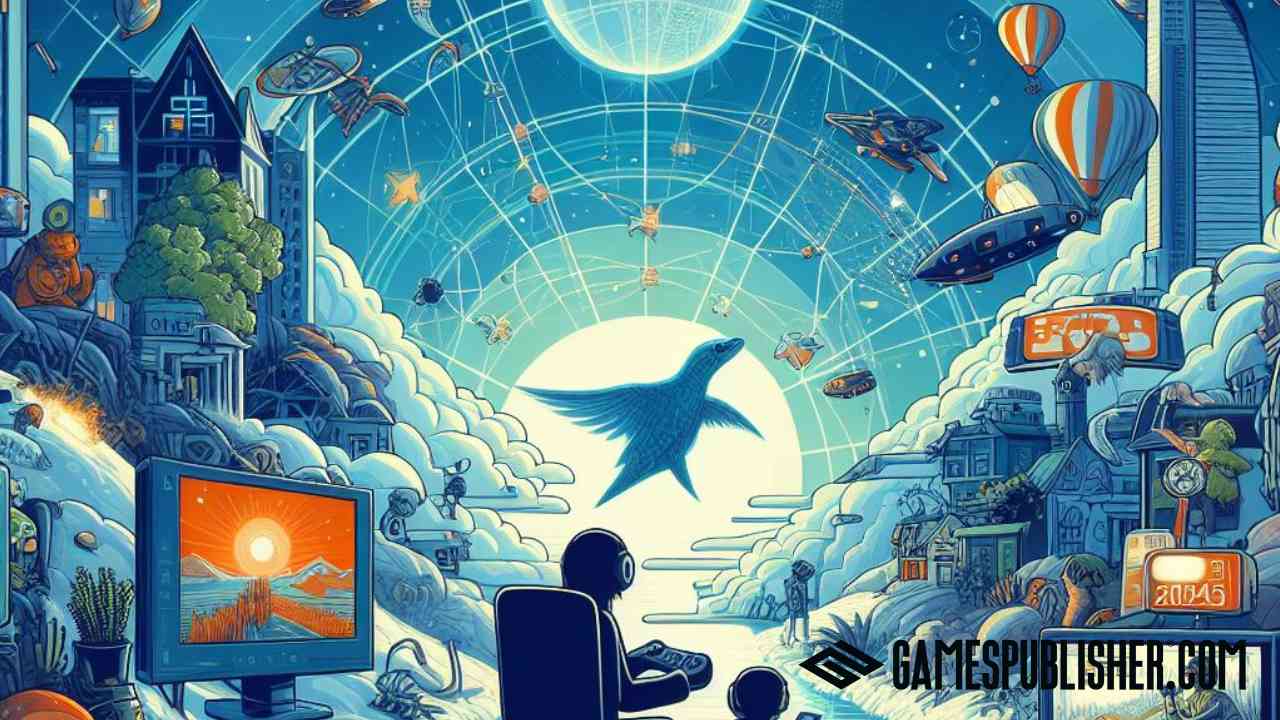2026 marks a significant year in the indie gaming world, with this genre spreading more widely in the gaming community thanks to the creativity and passion of indie developers.
However, every coin has two sides. While there are opportunities to grow, there are also challenges.
Indie developers have access to tools and platforms for game creation, but they also face competition and the daunting task of standing out in a crowded market.
In this article, we’ll explore the challenges indie developers face and provide some helpful tips to overcome them.
Opportunities for Indie Game Developers
The indie gaming genre has seen a remarkable boom lately, not just because of its reputation for providing healing and relaxing experiences but also due to its accessibility.
There are numerous reasons to suggest that now is the perfect time for indie game developers to launch their products.
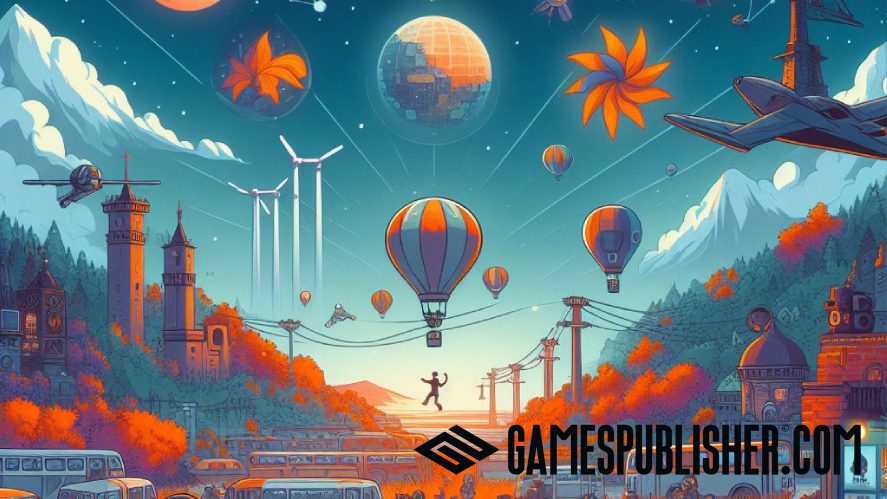
Below are 3 common reasons:
Digital Video Game Distribution Platforms
With widely used platforms like Steam, Epic Games Store, GOG, and Itch.io, indie game developers can save time looking for distribution channels.
Moreover, they can also feel assured that their products will reach a vast audience once they appear on these platforms.
Mobile Gaming Market
Mobile devices are incredibly versatile and widely owned, making them one of the most promising and profitable markets for indie game developers.
There are various ways to monetize through this platform, with one of the most popular being:
1. In-App Purchases
This monetization method is a cornerstone of mobile game development and has been around for a long time.
It allows users to unlock parts of the game or access additional features after playing for a certain period. This model gives users the chance to try out your product before deciding to make a purchase.
If your indie game receives positive feedback during this trial period, then it’s obvious that users are more likely to be willing to invest in the full version.
2. Ads
Integrating ads can offer indie developers an additional revenue stream, particularly if the game has a large player base.
These advertisements generate income through impressions or clicks, thereby boosting the overall profit of the game.
However, it’s important to note that excessive ad frequency can disrupt the gaming experience.
Moreover, the manner in which ads are implemented can significantly impact the reputation of the indie developer.
Thoughtful and seamless integration is key to ensuring that players maintain a positive perception of both the developer and the game.
3. Selling Games as Premium Products
Selling games as premium products in the indie game world involves offering the game for a one-time purchase fee rather than relying on in-app purchases or ads for monetization.
This type of monetization provides a stable source of guaranteed income, as players must pay for the game before playing.
Crowdfunding and Early Access
Crowdfunding and Early Access platforms such as Kickstarter, Indiegogo, and early access programs on platforms like Steam play a crucial role in supporting indie game development financially and fostering community engagement.
These platforms allow indie developers to secure funding for their projects by showcasing their ideas to a global audience of potential backers.
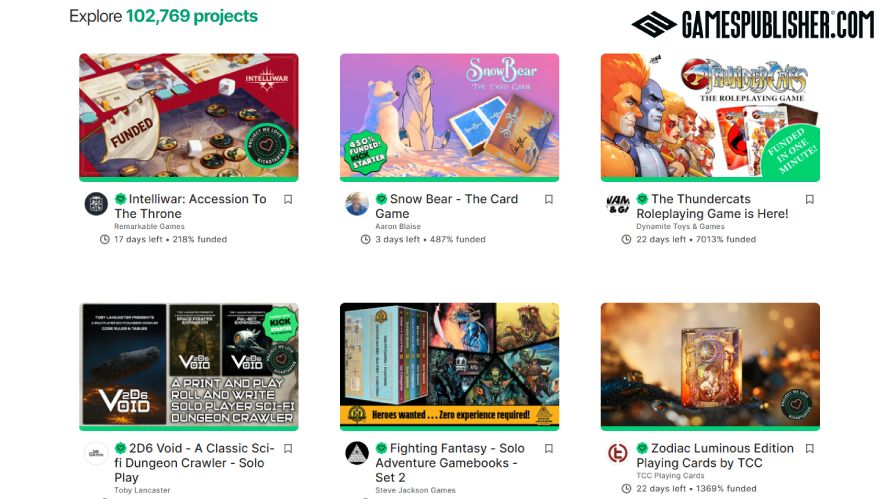
In addition to financial support, crowdfunding campaigns enable developers to build a dedicated community around their game, involving backers in the development process through regular updates, exclusive rewards, and opportunities for feedback.
Similarly, early access programs on platforms like Steam provide indie developers with the opportunity to release their games to players in unfinished or beta stages, allowing them to gather valuable feedback, identify bugs, and fix them before full release.
Read More: What Are Indie Games?
Challenges Faced by Indie Developers
Among the opportunities and challenges for indie developers, one significant difficulty is discoverability.
With a large number of indie games created in a short period, you’ll be competing with many other video game developers.
So, if you want your game to get noticed, you need to create unique features to make it stand out among others in the video game industry.
To overcome this challenge, indie developers can use different strategies to make their marketing more effective.
This includes leveraging social media platforms, regularly posting engaging content, participating in gaming communities, and reaching out to influencers for help.
Additionally, collaborating with video game publishers or well-known brands can help increase your game’s visibility and reach a wider audience.

Another major challenge that indie developers face is limited resources.
Indie game developers are often a small team, so when it comes to size and structure, they can’t compare to large companies like EA or Rockstar Games.
Additionally, indie developers often lack budget, resources, and connections, which means they either have to do everything themselves or partner with larger companies like Steam or Epic Games and accept limitations on their creativity.
In order to compete with larger studios, indie developers can explore alternative funding options, focus on community engagement, or connect with other indie developers.
Although there are countless indie games out there, many of them share similarities, leaving players with few distinct options and risking your game becoming a replica version of others, contributing to market saturation.
To make your product stand out, alongside marketing efforts, consider developing exceptional stories, innovating gameplay mechanics, and ensuring performance and stability.
Once these aspects are solidified, you’ll get a considerable fan base.
Read More: Best Indie Games Published on Steam (2026)
The Future of Indie Game Development: Trends and Opportunities
It’s evident that indie video game development is gaining popularity and attracting more players.
In addition to this, the advancements in Augmented Reality (AR), Mixed Reality (MR), and Extended Reality (XR) offer more reasons to believe that the gaming industry will continue to thrive.
These technologies are blurring the lines between reality and virtuality, offering more immersive gaming experiences that evoke emotions in ways traditional models couldn’t achieve.
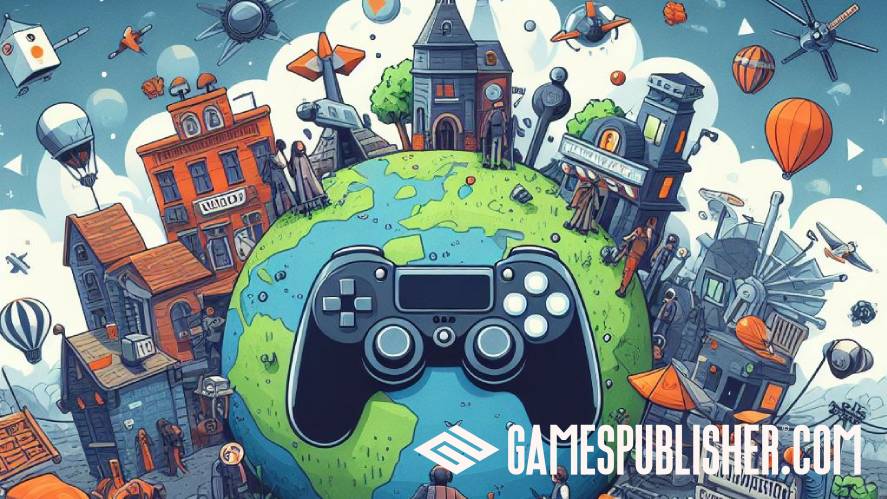
Furthermore, indie game developers should pay attention to the idea of cross-platform play, as it plays a crucial role in expanding the reach and audience of indie names.
By allowing players to access and enjoy games across multiple platforms, regardless of their preferred device or console, developers can tap into a larger player base.
This not only increases the potential for game sales and revenue but also fosters a more inclusive gaming community.
Additionally, cross-platform play promotes longer-lasting engagement as players can seamlessly transition between different devices while maintaining their progress and connections.
Sustainable Business Models for Indie Developers
To ensure your game stands out and grabs users’ attention, innovation is the most important aspect.
Rather than sticking to traditional genres that can become stale, consider applying new emerging ones like:
- Survival Crafting: where players gather resources, build structures, and strive to survive.
- Battle Royale: featuring multiple players competing to be the last one standing.
- Interactive Fiction: where player choices affect the storyline.
Furthermore, devs can try to integrate innovative game mechanics to keep users engaged.
This could involve player-generated content, allowing players to create and share their own content within the game, or dynamic AI that adjusts to player actions and provides unique challenges.
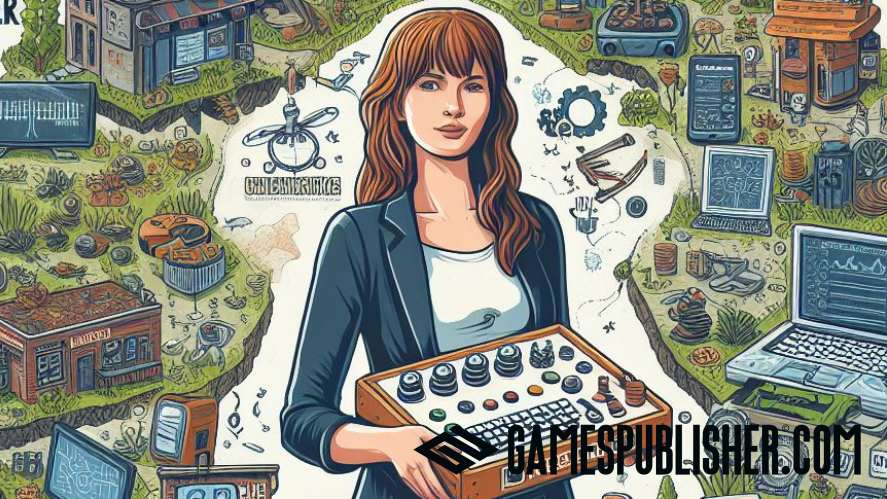
Additionally, consider incorporating cutting-edge technologies like VR (virtual reality), blockchain, or machine learning to enhance the gaming experience.
Once your game has garnered attention and attracted a significant user base, it’s time to consider strategies for monetization.
For more details, check out our “From Development to Dollars: A Guide to Indie Game Monetization” article.
Exploring New Genres and Game Mechanics
In the world of video game development, there’s a constant quest for new ideas to push the boundaries of gaming.
Imagine exploring stories where your choices determine the outcome or diving into generated worlds that evolve with every move you make.
Or picture yourself playing alongside friends, solving puzzles together in a cooperative multiplayer experience, or even stepping into augmented reality to interact with virtual objects in the real world.
These innovative ideas not only enhance the gaming experience but also create opportunities for players to connect on a deeper level emotionally.

Moreover, making your dream game is awesome, but turning it into a success story takes a little extra planning.
Here’s the secret: Plan your monetization and marketing together.
Tease your game with trailers, and use social media to connect with players.
Let’s think about how players will find and love your game early on! Building a community of excited fans is like having a built-in cheer squad to spread the word.
Besides, there are tons of ways to make money from your game, from crowdfunding to in-game purchases.
Make sure that you have a plan before you launch so you can navigate the cool (but ever-changing) world of indie game development.
Conclusion
Overall, the indie game scene contains much potential, offering a plethora of monetization strategies for developers to explore.
We just wrapped up our look at monetizing your games, and there are a bunch of cool ways to make money, from crowdfunding to selling your game. Each step has its own benefits and things to keep in mind.
The world of indie games is always changing, so it’s important to stay creative, keep learning new things, and be flexible.
There’s no one-size-fits-all answer to success, but by checking out what’s popular and what players love, you’ll be the one who leads the way.
As you build your game business, keep learning from your experiences. Happy developing!
Loading survey...

